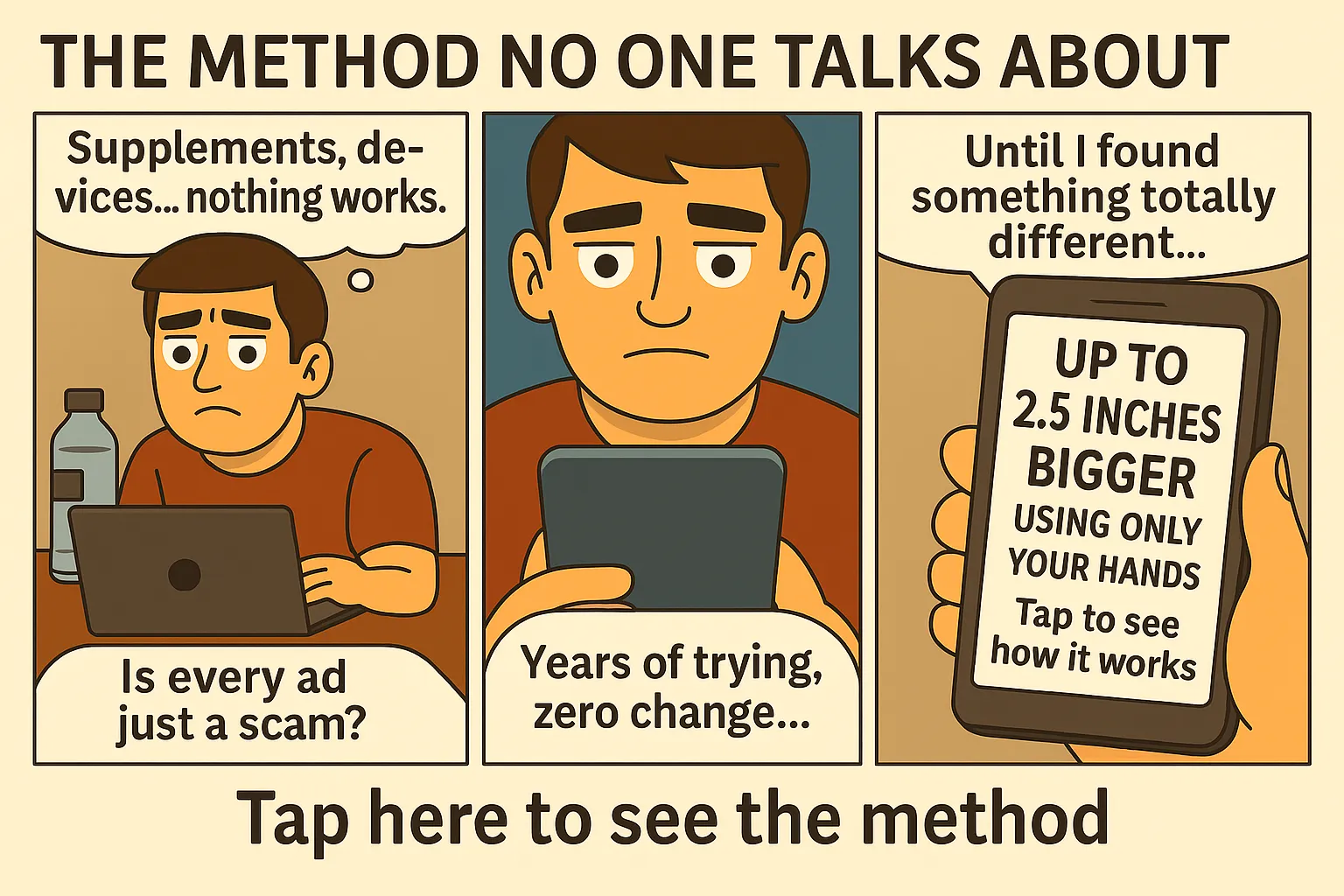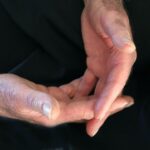Sunlight: The Forgotten Testosterone Booster 🌞🧬
Many men overlook the influence of environmental factors on hormone levels. One powerful yet underrated factor is sunlight. Understanding how light exposure impacts testosterone can unlock natural, daily ways to support male vitality and performance—without drugs or supplements.
Why Testosterone Matters
Testosterone is the key hormone behind male energy, libido, muscle growth, and confidence. Low levels can lead to fatigue, poor erections, mood swings, and decreased motivation. Optimizing your T-levels naturally starts with lifestyle—and light exposure plays a major role.
The Science of Light and Hormones
1. Sunlight Regulates Circadian Rhythm
Testosterone is produced in sync with your circadian rhythm—your body’s internal clock. Morning sunlight triggers wakefulness and signals the body to optimize hormonal production, including testosterone.
2. UVB Exposure and Testosterone Production
UVB rays from sunlight help the skin produce vitamin D, a precursor that directly influences testosterone levels. Studies show that men with higher vitamin D levels tend to have higher testosterone.
3. Morning Light = Hormonal Reset
Exposure to bright natural light within 30–60 minutes of waking helps “reset” the body’s hormonal balance, including boosting luteinizing hormone (LH)—which stimulates testosterone production in the testes.
Lack of Light = Lower T
1. Modern Indoor Lifestyles
Most men today spend over 90% of their time indoors under artificial light. This disrupts the body’s natural hormone cycles and reduces vitamin D production, leading to suppressed testosterone.
2. Blue Light at Night
Excessive blue light from phones and screens at night suppresses melatonin, interfering with deep sleep—which is when the bulk of testosterone is produced. Poor sleep = lower T.
How to Use Light to Boost Testosterone Naturally
1. Get Sun in the Morning
Expose your eyes and skin to natural sunlight within the first hour of waking. Even 10–20 minutes helps reset your rhythm and primes hormonal output.
2. Consider Safe UVB Exposure
Short sessions of midday sun (10–15 minutes) on large skin areas like chest, back, or legs can increase vitamin D production. Always avoid burning.
3. Minimize Artificial Light at Night
Use blue light filters after sunset. Switch to warm-toned bulbs and avoid screens 1–2 hours before sleep. This protects melatonin and testosterone cycles.
Read More on:
Want a Natural Testosterone Boost?
If you’re serious about raising T naturally—through science-backed methods like light, sleep, training, and nutrition—access the full masculine optimization guide here.
Sunlight vs. Artificial Light: Key Differences
Natural Light Spectrum
Sunlight contains a full spectrum of wavelengths, including beneficial UVB and red light, both of which stimulate mitochondrial energy production and hormonal signaling in the body.
Artificial Light Deficiency
Most indoor lighting—LEDs, fluorescents, screens—lack the full spectrum and intensity of sunlight. This causes hormonal dysregulation, eye strain, and poor sleep, which all indirectly lower testosterone.
What Studies Say About Sunlight and Testosterone
1. Graz University Study (Austria)
Researchers found that men with higher vitamin D levels—produced by UVB exposure—had significantly more testosterone than those who were deficient. The study also showed seasonal variations: T-levels peaked during sunny months.
2. Red Light Therapy Evidence
Emerging research suggests red and near-infrared light applied to the testes may increase testosterone. While still experimental, these wavelengths mimic part of the natural sunlight spectrum.
Vitamin D Supplements vs. Sunlight
Should You Supplement?
If you live in a low-sunlight area or during winter, vitamin D3 supplementation can help maintain optimal T levels. However, it lacks the circadian and skin-mediated benefits of actual sunlight.
Why the Skin Matters
When UVB hits your skin, it doesn’t just make vitamin D. It also stimulates nitric oxide release and signals to your endocrine system—effects supplements can’t replicate.
Ideal Morning Routine for Testosterone
1. Wake with Natural Light
Skip your phone. Instead, go outside or open a window immediately upon waking. Natural light exposure within 30 minutes signals cortisol (in a good way) and supports LH and testosterone production.
2. Move Your Body
Light physical movement like walking or stretching in the sun doubles the hormonal effect. It primes your metabolism and sharpens mental focus for the day.
3. Hydrate Before Coffee
Dehydration reduces cellular function and blood volume. A glass of water first thing helps your body process light and hormonal signals better.
Also Check Out:
Signs You May Need More Light Exposure
1. Low Energy and Motivation
Chronic fatigue, especially in the mornings, may indicate disrupted circadian rhythm from poor light exposure. Testosterone depends on strong morning hormonal signaling.
2. Declining Libido
If your sex drive has taken a hit, and nothing else changed—your environment could be to blame. A lack of natural light disrupts hormone production that fuels desire.
3. Mood Swings and Irritability
Testosterone and vitamin D affect dopamine and serotonin. Their decline can trigger mood instability, anxiety, or brain fog.
How to Stay Optimal in Low Sunlight Seasons
1. Light Therapy Boxes
Invest in a 10,000-lux light therapy lamp and sit in front of it each morning for 20–30 minutes. This simulates daylight and supports hormone regulation during darker months.
2. Supplement Smartly
Take vitamin D3 with a fatty meal, and consider adding magnesium and vitamin K2 to enhance absorption and hormonal synergy.
3. Maximize Weekend Sun
Get outdoors as much as possible on days off. Hike, walk shirtless when safe, or take breaks in open-air areas. Your body will bank that exposure.
Tips for Office Workers
1. Sit Near a Window
Natural daylight, even through glass, is better than fluorescent light. Position your desk where sunlight hits your skin and eyes if possible.
2. Break Every 90 Minutes
Take short walks outside or at least stand near a window. Micro-exposures to daylight help regulate your internal clock and boost productivity too.
3. Block Blue Light After Work
Install filters on all screens and switch your home lighting to warm tones. Protecting melatonin at night keeps your T-producing sleep cycles in check.
Final Thoughts
Understanding how light exposure impacts testosterone empowers you to take control of your environment and hormones. The sun isn’t just warmth—it’s a signal to your body to thrive, produce, and perform. Don’t overlook it.
💡 Light Exposure vs Hormone Production
| Light Type | Source | Effect on Hormones | Best Time |
|---|---|---|---|
| Natural Sunlight | Sun (UVB + Full Spectrum) | ↑ Testosterone, ↑ Vitamin D | Morning / Midday |
| Artificial Light (LED) | Office, Home, Screens | ↓ Melatonin, Disrupted T rhythm | Limit after sunset |
| Red/NIR Light | Red light panels | ↑ Mitochondria, potential ↑ T | Morning or evening (targeted) |
| Blue Light | Phones, PCs | ↓ Sleep quality, ↓ T | Avoid before bed |
Light and Testosterone FAQs 💡
How fast can sunlight increase testosterone?
Studies show that regular sunlight exposure can raise T levels in as little as 2–3 weeks, especially when combined with proper sleep and nutrition.
Can red light therapy replace natural sunlight?
Red light offers some benefits similar to sunlight, particularly for localized androgen production. But it’s best used as a supplement—not a replacement—for full-spectrum sun exposure.









